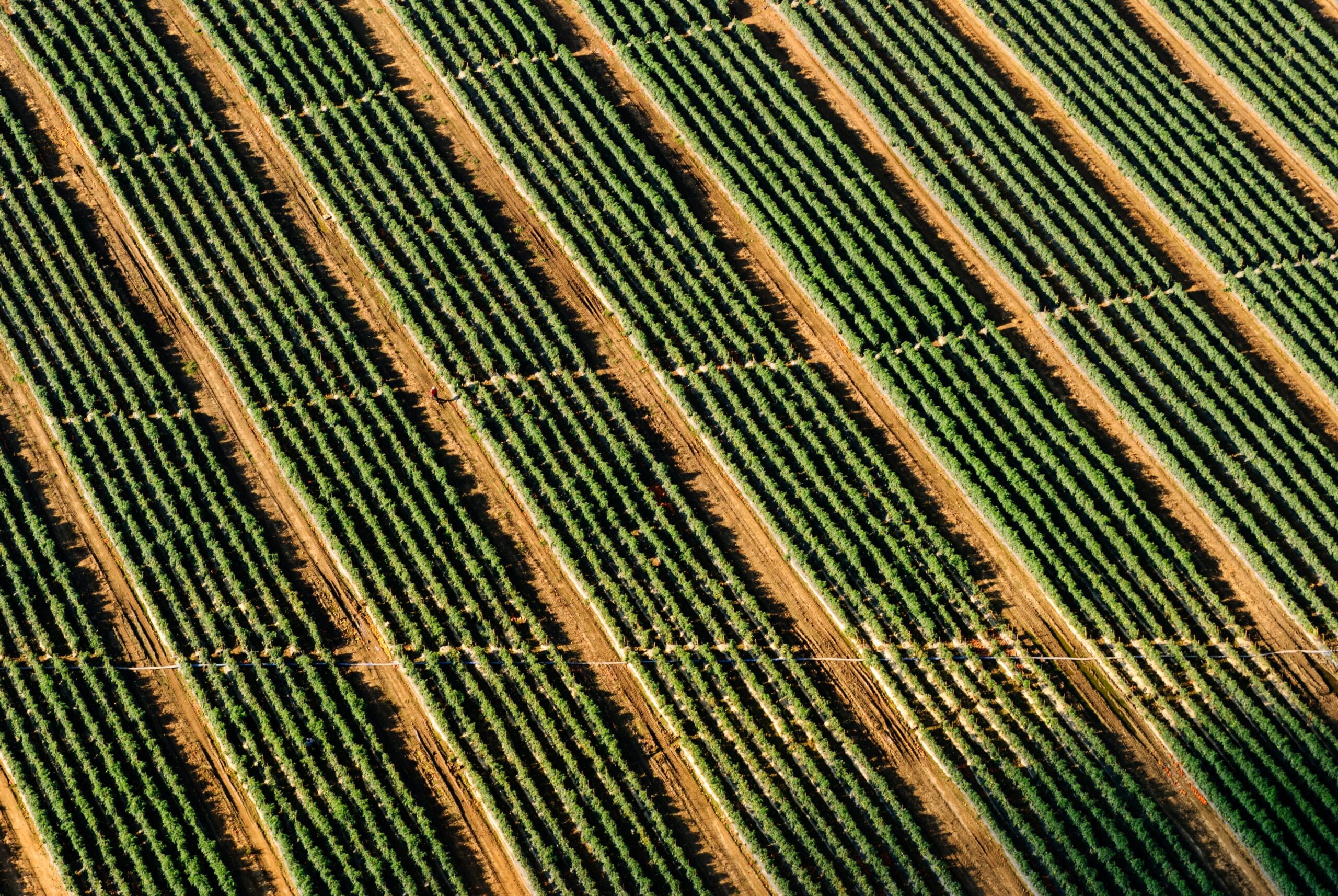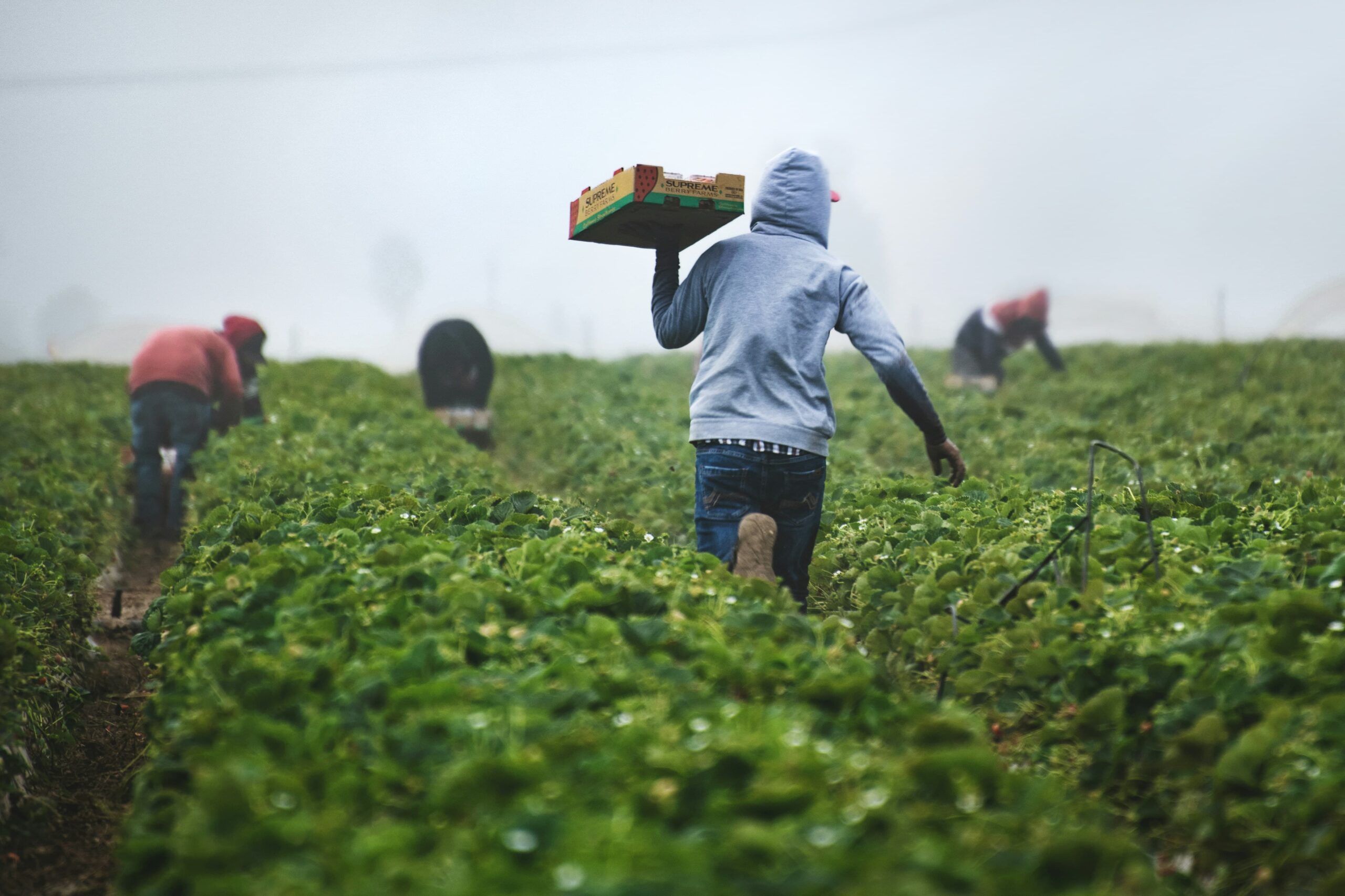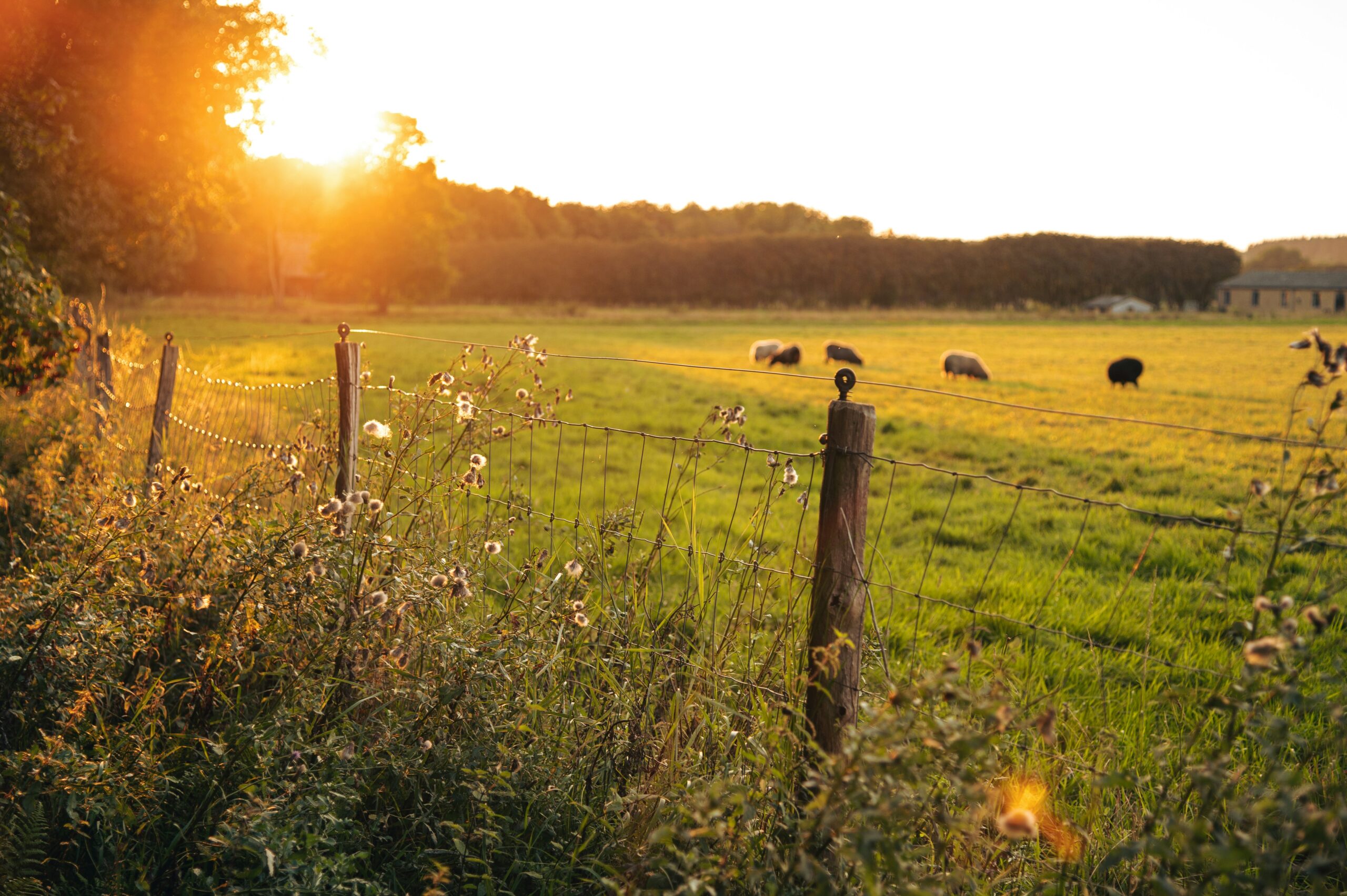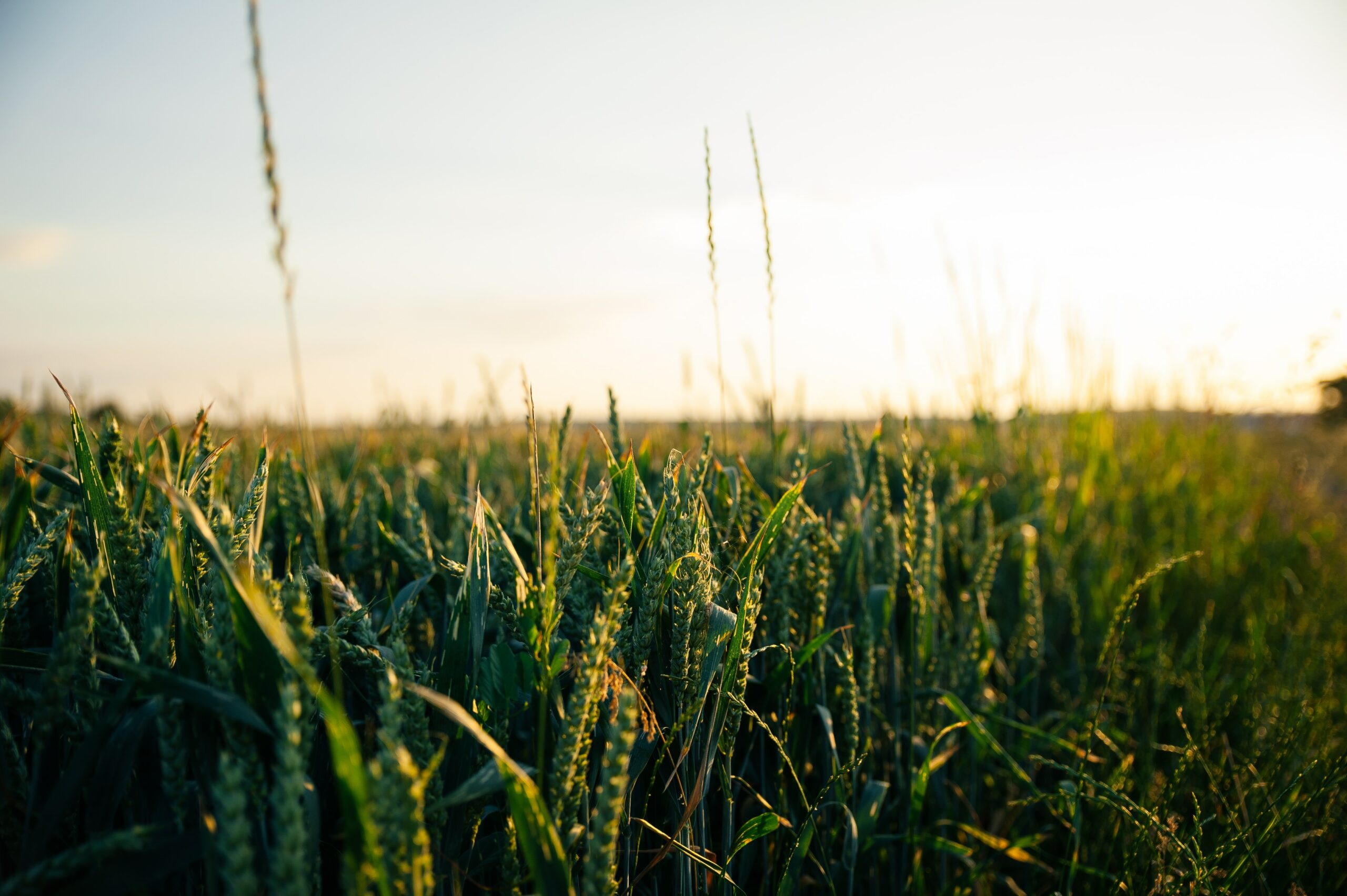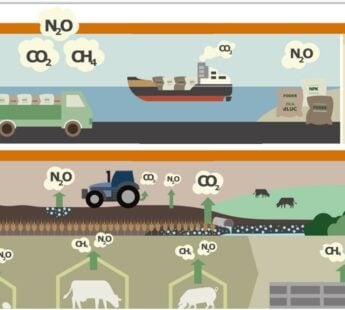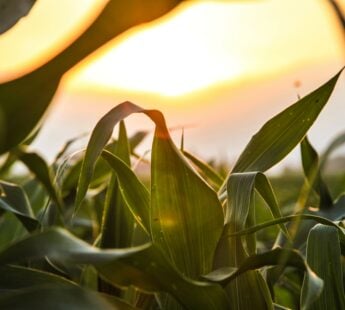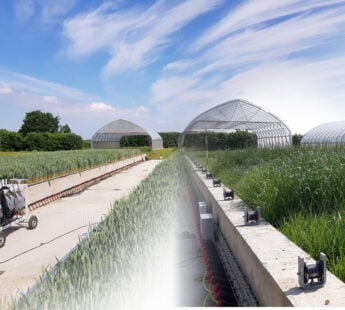Denmark’s legacy as a farming country is evident in both the layout of the land, its institutions, and its culture. Denmark is home to one of the world’s oldest agricultural universities, agricultural schools, and innovation and consulting centers covering the entire production chain. Today, 61 per cent of Denmark’s land area is used for agricultural purposes, and agrifood plays a big role in the Danish economy. Danish agrifood products are sought after worldwide for their quality rooted in extensive production knowhow, energy efficiency, and high standards for food production. The regulatory setup around the Danish agrifood sector is based on an enduring tradition of both regulating and collaborating with the agrifood sector.
Innovation and collaboration must lead the way. Reaching a successful, balanced transition requires action from both the public and private sectors. Recognising the pivotal role of food production for the prosperity and well-being of the world’s population alongside its challenges, this white paper showcases Danish solutions to the challenges of decarbonising the agrifood cluster.
Public-private partnerships are a long-standing tradition in Denmark, and a key factor in fast, socially just action towards reaching the climate goals. The Danish examples show that there is a large potential for developing more sustainable farming techniques when we work together.
Transforming agrifood systems worldwide is a crucial competency in the global green transition. From known resource and energy-efficient practices to new ground-breaking technology, the Danish agrifood cluster aims to continue leading the way globally, produce more resilient food products with a lower climate and environmental footprint, and drive the transition towards climate neutrality by 2050.



